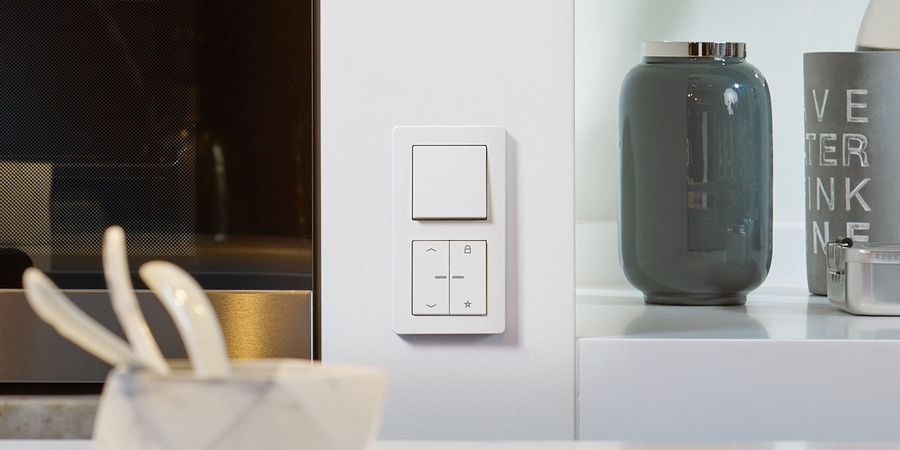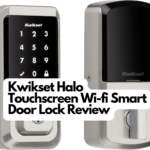Smart Switches: A Complete Guide to Choosing and Using Intelligent Switches

Smart switches are an essential component of the modern intelligent home. Not only do they offer convenience, but they also help save energy and increase security. In this guide, we will explore the various aspects of smart switches and show you how to use them optimally.
1. What are Smart Switches?

Smart home switch technology Smart home switches are devices that allow remote or automatic control over lighting and other electrical devices. They’re a key part of a smart home system, enabling schedules, automations, and energy consumption monitoring.
2. Types of Smart Switches
There are various types, including Wi-Fi switches, Z-Wave switches, Zigbee switches, ZigBee 3.0 recessed switches, and Bluetooth switches. Each type has its own advantages and disadvantages in terms of range, energy consumption, compatibility, and price. They differ in their communication methods and compatibility with other smart home systems. Some are universally compatible, while others require specific ecosystems.
3. How Do Smart Switches Work?
Most smart switches work with a smartphone app or through a smart home hub, enabling remote control and automation. You can create scenarios where your lights automatically turn on and off based on time, motion, or other triggers.
4. Advantages and Disadvantages
Advantages:
- Remote Control: Control lights and other devices from anywhere. Energy Saving: Automatically turning off unnecessary devices saves energy.
- Security: Increase security by automatically turning lights on and off to simulate presence.
Disadvantages:
- Cost: The initial price can be high.
- Compatibility Issues: Not all switches work with all devices and systems.
5. Smart Switch Installation & Integration
Installation is usually straightforward and can often be done by the user. However, some systems may require professional installation. Be sure to carefully read the instruction manual and take necessary safety precautions.
Integrate your smart switches with other smart home devices like thermostats, sensors, and alarm systems to make your home more efficient and intelligent. Use platforms like IFTTT to create custom automations and interactions between your devices.
6. Saving Energy with Smart Switches
Learn how to optimally use your smart switches to save energy and protect the environment. Create schedules so your devices are only on when you need them, and utilize the energy consumption monitoring features of some smart switches to keep track of and reduce your energy usage.
7. Popular Smart Switches
Leviton Decora Smart Switch:
- Rating: 4.4/5
- Advantages: Easy operation, Alexa and Google Assistant integration.
- Disadvantages: No energy monitoring.

GHome Smart Switch:
- Rating: 4.4/5
- Advantages: HomeKit integration, energy monitoring.
- Disadvantages: Higher price, Apple-only compatibility.

GHome Smart Switch,Smart Wi-Fi Light Switch for Lights Works with Alexa and Google Home
$44.99 
Kasa Apple HomeKit Smart Light Switch:
- Rating: 4.2/5
- Advantages: Affordable, reliable, easy installation.
- Disadvantages: Basic compatibility, no energy monitoring.

8. From Traditional to Intelligent Switch: How to Do It
In today’s world, it’s no longer necessary to renovate the entire home to make it smart. Even traditional light switches can be converted into intelligent switches without much effort or significant costs. Here are the steps you can follow to make a regular light switch smart.
Weitere technik Ratgeber & Anleitungen:
-
 27 Dec 2023Smart Home Gadgets Series: The Smart Garden Reviewed – Kickstart Your High-Tech Garden!
27 Dec 2023Smart Home Gadgets Series: The Smart Garden Reviewed – Kickstart Your High-Tech Garden! -
 29 Dec 2023Kwikset Halo Touchscreen Wi-fi Smart Door Lock Review
29 Dec 2023Kwikset Halo Touchscreen Wi-fi Smart Door Lock Review -
 28 Nov 2023Unbelievable Finds: The 2023 In-Ear Bluetooth Headphones You Can't Afford to Miss!
28 Nov 2023Unbelievable Finds: The 2023 In-Ear Bluetooth Headphones You Can't Afford to Miss! -
 25 Nov 2023Smart Home in Everyday Life: Revolutionizing Your Home with Modern Technology
25 Nov 2023Smart Home in Everyday Life: Revolutionizing Your Home with Modern Technology